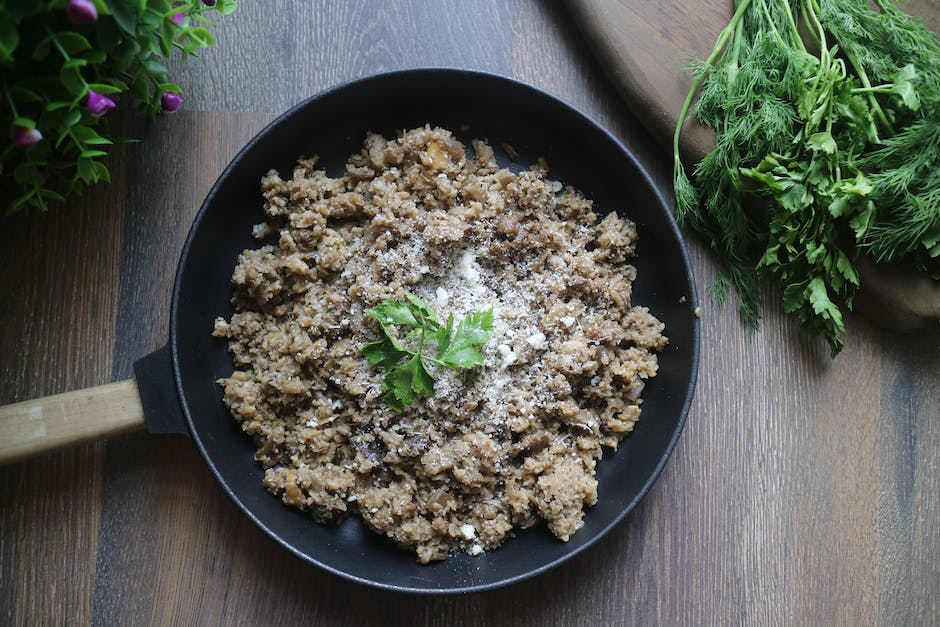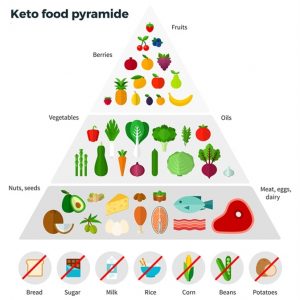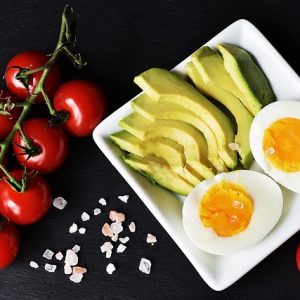The Keto Diet Plan is an exciting way to make radical changes to your lifestyle and diet, with rapid results that you can start to see in as little as two weeks. If you’ve heard about this diet but are still struggling to get a hold of what it’s all about, this guide will help you make sense of it all. Read on to discover what the Keto Diet Plan is, its benefits, and the simple steps you can take to get started on the journey.
Table of Contents
- 1. Introduction to the Keto Diet Plan
- 2. Exploring the Benefits of the Keto Diet Plan
- 3. Understanding What Foods You Should Eat on the Keto Diet Plan
- 4. How to Include Exercise in the Keto Diet Plan
- 5. Tips and Tricks for Sticking to Your Keto Diet Plan
- Q&A
1. Introduction to the Keto Diet Plan
The Keto Diet Plan is a great way to kick-start your journey towards a healthier, more balanced lifestyle. It’s a low-carb, high-fat diet that focuses on eating a well-balanced diet that consists of healthy fats, proteins, and vegetables. With this diet, your body switches from burning carbohydrates to burning fats as its main source of energy. This switch brings numerous benefits to your health, such as:
- Weight loss – Ketosis helps you lose weight by focusing on burning fat instead of carbohydrates. As a result, you burn more calories while still feeling full.
- Glucose control – The Keto Diet Plan helps decrease insulin and glucose levels, which can result in balanced glucose levels.
- Brain health – By creating an environment in your body to increase ketone levels, you can improve your cognition, memory, and focus.
The Keto Diet Plan consists of eating real, whole foods in moderate amounts. There should be plenty of green vegetables, along with healthy proteins and fats, such as grass-fed meats, organic grass-fed butter, avocados, and coconut oil. This plan focuses on pre-prepared meals and snacks that are low-carb, high-fat, and full of nutrients. Following this plan can bring significant health benefits to your overall well-being.
2. Exploring the Benefits of the Keto Diet Plan
The keto diet plan is a popular lifestyle choice among dieters who are looking to lose weight rapidly. There are a number of key benefits to the keto diet plan:
- The keto diet plan encourages a high-fat, low-carbohydrate diet. This means that you are less likely to feel hungry throughout the day, as your body will be well-fueled by the high-fat foods.
- The high-fat nature of the keto diet plan also helps burn fat more quickly. This means that you can achieve your fitness goals in a shorter period of time.
Another key benefit of the keto diet plan is that it doesn’t require you to count calories or keep track of your macronutrients. You are simply encouraged to eat wholesome, natural foods and avoid processed or high-sugar or high-carbohydrate foods. This makes the keto diet an easier lifestyle choice to maintain and can lead to long-term weight loss. Furthermore, the keto diet plan can help reduce inflammation and improve overall health.
3. Understanding What Foods You Should Eat on the Keto Diet Plan
The ketogenic diet has become increasingly popular over the years, but with it comes the challenge of figuring out which foods are suitable for the plan. Understanding what foods you can and should consume on the keto diet plan is the foundation of following the diet correctly.
To maximize the effectiveness of the keto diet, focus on eating nutrient-dense, low-carb foods. This means prioritizing whole food sources over processed food items and loading your plate up with non-starchy vegetables, healthy fats, and proteins. Choose lean proteins, such as white-meat poultry, eggs, fish, and grass-fed beef. Healthy fats that are great on a keto diet include avocados, olive oil, macadamias, and coconuts. Non-starchy vegetables include mushrooms, cauliflower, eggplant, Brussels sprouts, and spinach.
- Proteins: white-meat poultry, eggs, fish, and grass-fed beef
- Fats: avocados, olive oil, macadamias, and coconuts
- Vegetables: mushrooms, cauliflower, eggplant, Brussels sprouts, and spinach
4. How to Include Exercise in the Keto Diet Plan
Exercising and following a low-carb, high-fat keto diet can have major benefits, from weight loss to improved heart health. Exercise can help you reach your keto goals while providing other key health benefits, such as increased strength, vitality, and overall improved wellbeing.
- Find an Exercise You Enjoy : The most important thing is to find an exercise that you enjoy. The key to any successful fitness plan is to find an activity that you can stick with in the long run.
- Include High-Intensity Interval Training (HIIT) : High-intensity interval training (HIIT) allows you to work out for brief periods at maximum effort, followed by short recovery periods. HIIT has been shown to be an effective way to burn fat and increase energy levels.
- Mix Things Up : Make sure to vary your exercise routine to keep things fresh and interesting. For instance, you could try alternating between weightlifting and cardiovascular exercise, or switch up your routine every few weeks.
- Set Realistic Goals : Don’t set yourself up for failure by making goals that are impossible to keep. Start small and work your way up as you gain strength and confidence.
Using a tailored approach to exercise while following a keto diet can help you reach your goals in a safe and sustainable way. Listen to your body and take the time to do what’s best for you—your health is worth it.
5. Tips and Tricks for Sticking to Your Keto Diet Plan
It can be hard to find the motivation to stick to a keto diet plan, no matter how committed you are to achieving your health goals. Here are some of our top tips and tricks to aid in keeping you on the ketogenic journey.
- Make a meal plan. Have all your meals planned out ahead of time; this will ensure you don’t fall into the trap of breaking the diet. Make sure to check the nutrients and macros for each meal you plan.
- Go sugar-free. While on the keto diet, it is important to avoid any food that is high in sugar, carbohydrates, or processed food. Eating too much of these can easily disrupt the diet.
- Stay hydrated. Staying hydrated helps to flush out any impurities in the body and can also aid in keeping you feeling full.
- Prepare your meals beforehand. It is always a good idea to get into the habit of prepping your meals ahead of time so that you do not end up cooking something unhealthy.
- Find a new hobby. To prevent boredom and make you less likely to snack, consider finding a new hobby to occupy your time!
Sticking to your keto diet plan doesn’t have to be a challenge. By making a few simple adjustments to your lifestyle and eating habits, you’ll find that it becomes much easier to stay on track. Remember, with commitment and consistency, you can achieve all of your health goals!
Now that you are armed with all the information you need to confidently and effectively pursue a keto diet, you can confidently dive in and see the real benefits become a reality. What are you waiting for? Keto dieting could be the key to unlocking a new, healthier you!











